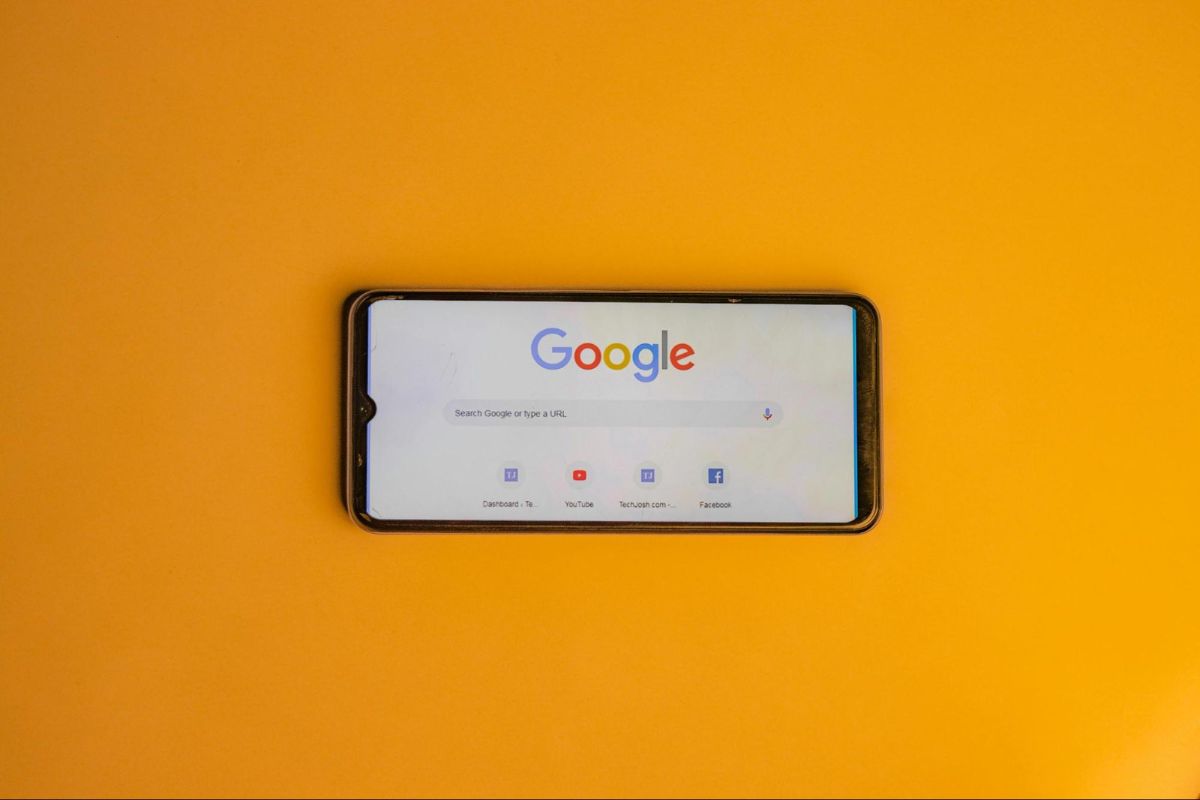Our world moves ultra-fast, and AI tools are here to help us catch up. From drafting essays to creating presentations, these tools get the job done more efficiently.
Basically, everyone benefits from AI tools—whether you’re a student, a working professional, or just someone who’s looking to streamline your daily tasks.
Now, we all know how popular ChatGPT is. Developed by OpenAI, it’s a powerful language model that can generate text based on the prompts we give it, and as humanly as possible.
The versatility and ease of use that ChatGPT offers have made it everyone’s favorite.
But have you heard of Google Bard? This seemingly unassuming AI tool is already on the rise, and for good reason.
Google Bard boasts an impressive 90% accuracy rate, outperforming real human experts in massive multitask language understanding across 57 subjects. It’s the first AI model to do that.
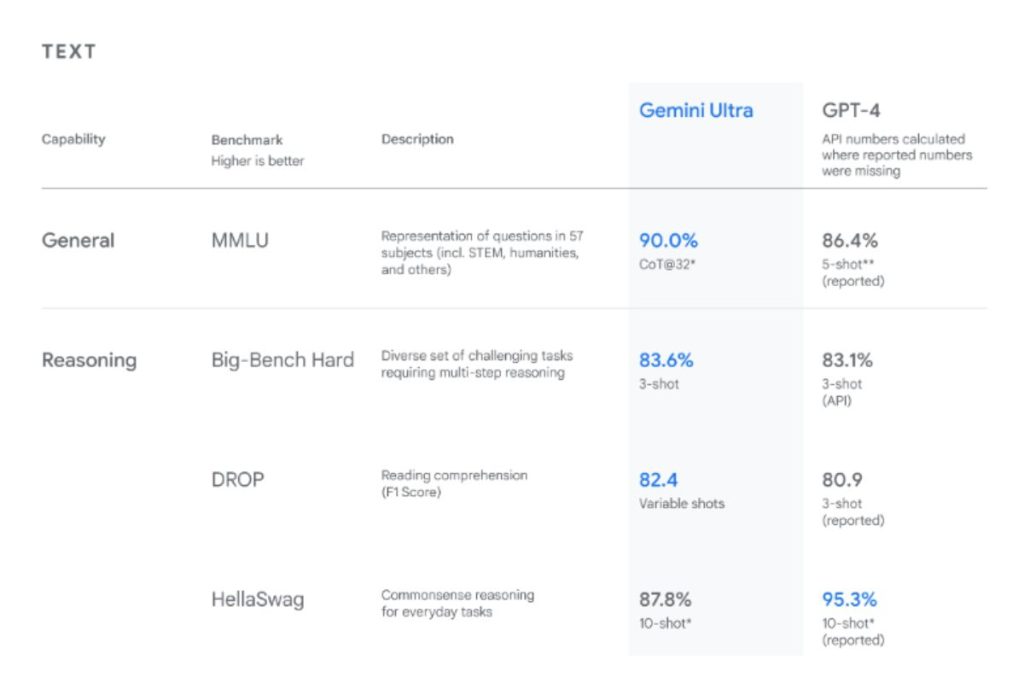
Bard shows a lot of promise despite being new. So, is Google Bard better than ChatGPT? Here’s our guide to answering that.
Get to the core of the Bard vs ChatGPT comparison so you can decide which is right for you.
What are the Differences Between Bard and ChatGPT?
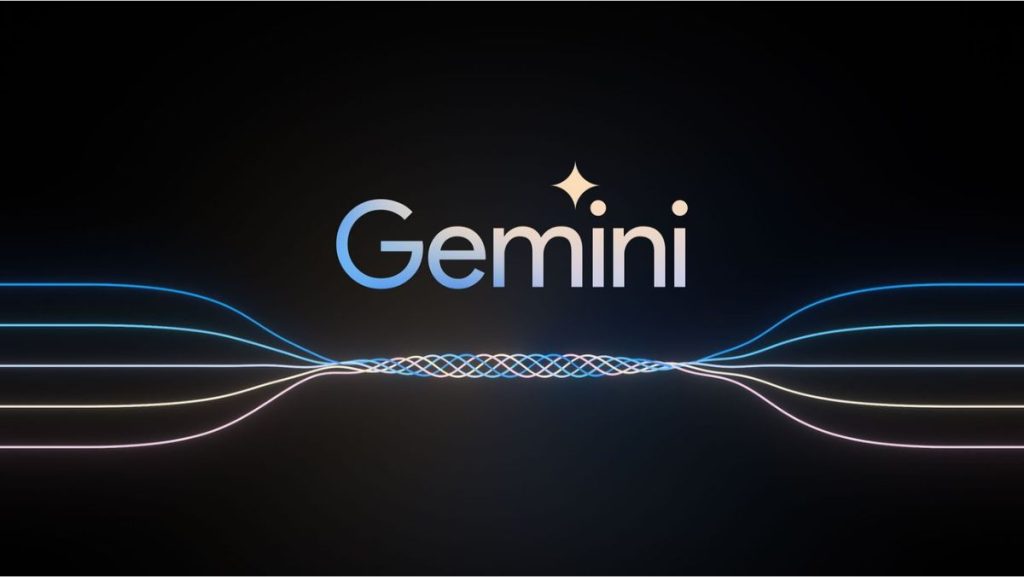
Google Bard, now known as Gemini, was introduced fairly recently in February 2023.
However, its journey began way back in 2020 with the development of LaMDA, a large conversational language model.
This was Google’s entry into the AI market and what set the stage for Bard.
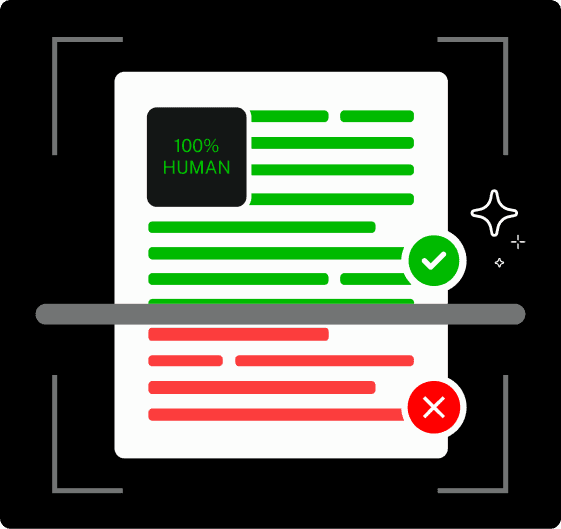
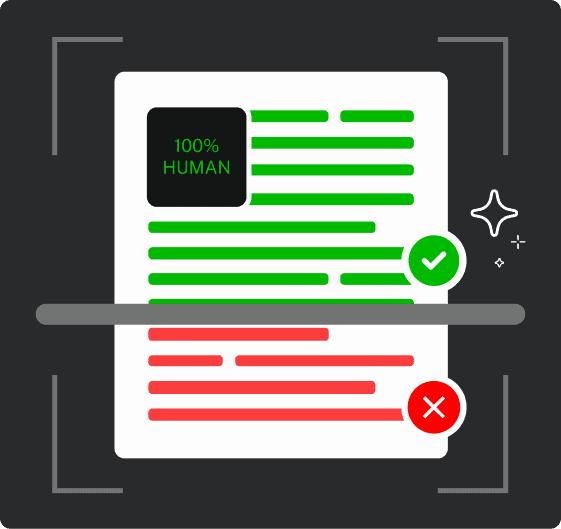
Never Worry About AI Detecting Your Texts Again. Undetectable AI Can Help You:
- Make your AI assisted writing appear human-like.
- Bypass all major AI detection tools with just one click.
- Use AI safely and confidently in school and work.
On the other hand, OpenAI released an early demo of ChatGPT in November 2022.
This chatbot quickly went viral on social media and hasn’t stopped since.
Each new version of ChatGPT builds on the last. The current GPT-4 has seen major improvements and has established ChatGPT as a leader in AI.
It holds more than half the market share and is now widely used in schools and the workplace.
Like many other ChatGPT competitors, Bard is also mainly designed to generate text based on user prompts that mimic human conversation.
While both ChatGPT and Google Bard share similar capabilities, they differ in the finer details.
These small yet significant differences are important to consider.
Technical Differences
Google Bard is trained on Infiniset, Google’s proprietary dataset.
This includes lots of different sources like the Common Crawl dataset, Wikipedia, scientific papers, mathematical equations, and other human and programming languages.
Bard also relies on PaLM 2, a model trained on data specifically chosen to enhance its dialogue and coding abilities.
It understands over 100 languages well and is great at Python coding.
One of Bard’s standout features is its real-time internet access, so it can keep up with what’s going on.
In contrast, ChatGPT is trained on publicly available information from the internet.
It also learns from the Common Crawl dataset, Wikipedia, licensed third-party information, and other human-provided data.
The free version of ChatGPT still uses GPT-3.5, though, based on a dataset that hasn’t been updated since 2021.
This means that it doesn’t have access to anything that happened after that.
Paid subscribers can access GPT-4, which is larger and more recent.
However, this model still lacks real-time updates. OpenAI doesn’t reveal much about how it trained ChatGPT with licensed data and human input.
Performance and Accuracy
Is Bard good? We can definitely say yes when it comes to accuracy. Bard’s real-time internet access through Google Search is a major advantage.
It can incorporate the latest news and updates into its responses. This makes it very relevant and up-to-date.
ChatGPT, on the other hand, is limited by its static dataset.
This means it can’t provide current responses to recent events unless users utilize plugins, and even this functionality can be quite limited.
That said, whatever’s stored in ChatGPT’s larger LLM lets it give much more detailed information across a greater scope of topics.
So if you’re locked into a topic that you know ChatGPT covers, you can rely on it to provide reliable and detailed information.
Both Bard and ChatGPT generally rely on data scraped from articles, books, and web pages.
Their responses are based on already existing online information. Their response times are lightning-fast, too.
But Bard’s real-time internet access gives it the upper hand, especially when it comes to providing the latest information.
User Interaction
Both Bard and ChatGPT allow you to chat through text and verbally interact with them. Chat is as straightforward as it gets.
You type in your prompts, and they both respond within seconds.
However, there are some key differences in how this interaction takes place when it comes to speech.
With voice interaction, Google Bard interaction is more like voice-to-text.
You speak to it, click send, Bard transcribes it, responds with text, and you can click play to listen to its responses.
On the other hand, ChatGPT allows you to have much more fluid verbal communication.
It enables you to talk back and forth without manually sending or playing responses.
While you can use Bard and ChatGPT interchangeably, they’re good at different things.
Bard is particularly skilled at answering user queries and providing definitive responses.
It can pull real-time information and cite sources, which is handy for up-to-date answers.
ChatGPT, however, shines more when it comes to generating long-form content, such as articles and detailed explanations.
It tends to provide more complex and thorough responses to user prompts.
Though Bard offers more user features for free, your choice will depend on your specific needs.
If real-time information and source citation are crucial, Bard might be the better option.
And for more detailed content generation, ChatGPT is likely to serve you well.
Just keep in mind that both OpenAI and Google have set guidelines for what their chatbots can answer to ensure safety and compliance, so you might not be getting the answers you need to specific topics.
User Experience
The user experience is another major area where Bard and ChatGPT clearly differ.
Both platforms feature easy-to-use interfaces. But Bard’s ability to provide sources sets it apart.
When prompted, Bard can refer you to the sources it used to create its response.
ChatGPT, in contrast, outright can’t offer this fact-checking feature.
Both AI tools also allow you to copy responses very easily.
Bard offers seamless integration with the rest of your Google account, which means that you can export responses directly into a Google Doc or email draft.
ChatGPT Plus users can use plugins to integrate with other apps, enhancing its functionality.
Google Bard has the added feature to show you related images from Google Search for free, which sets it apart from ChatGPT.
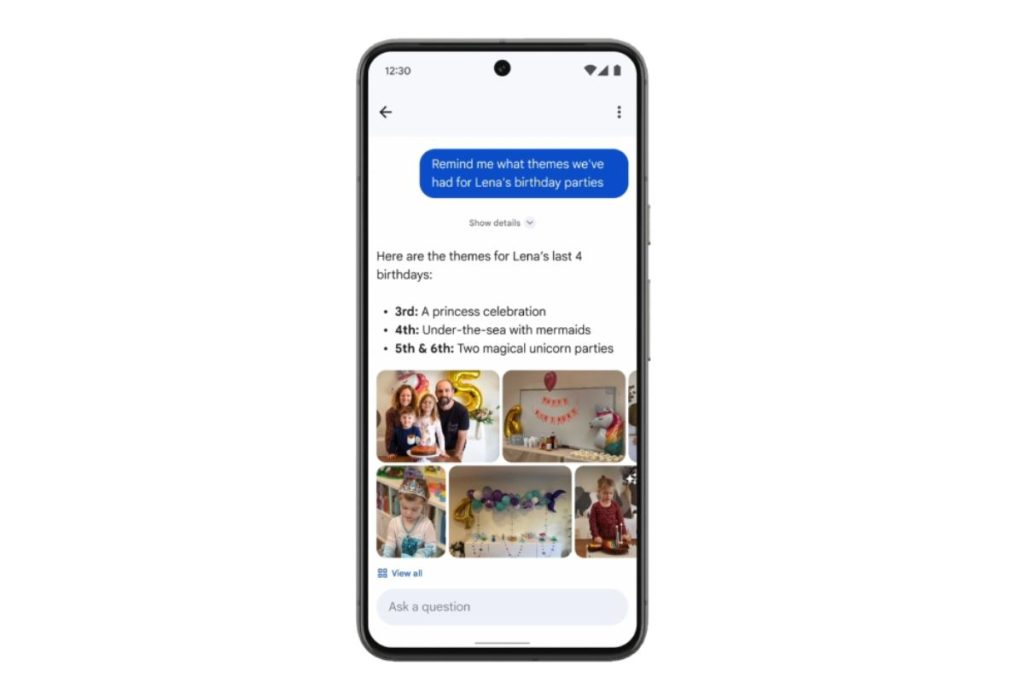
Clicking on an image will then open the web page with the image source in a new browser tab.
It’s important to note that things could still change. Both Bard and ChatGPT run on cutting-edge tech, and Google and OpenAI update their AI constantly.
The features and functionalities are sure to improve more over time.
Which is Better: Bard or ChatGPT?
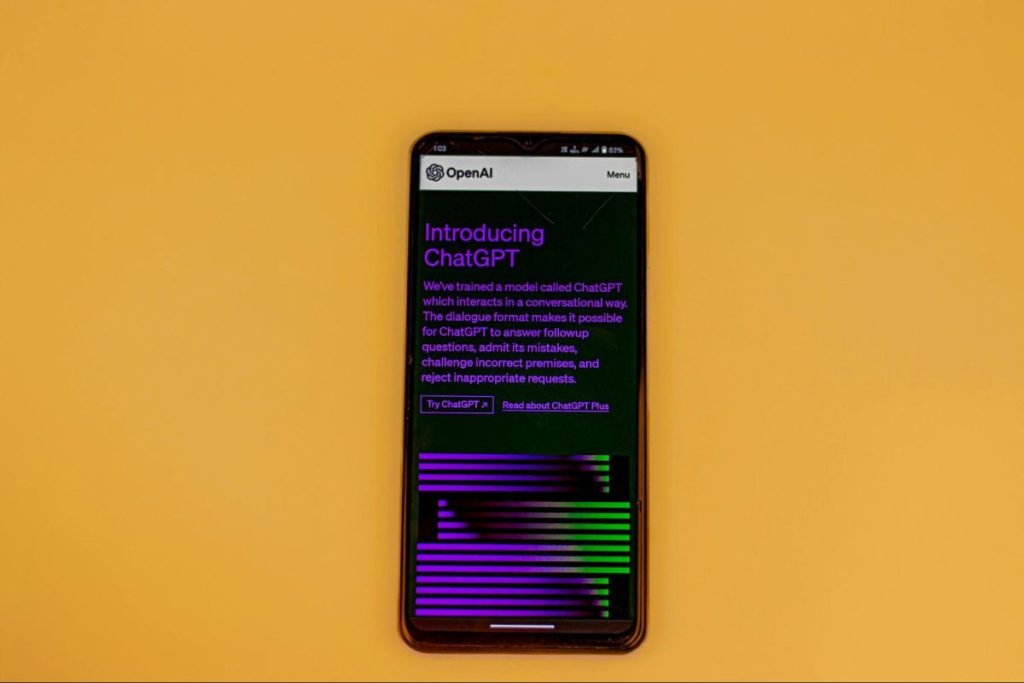
AI is improving the way we work, learn, and manage tasks.
From content creation to personal assistance, tools like Bard and ChatGPT are becoming essential.
You can even earn some extra money when you know how to use AI the right way.
Choosing between them isn’t necessarily about finding the better one.
It’s more like understanding which one fits your needs best. Each has its unique strengths that can give you that extra boost in productivity.
For Education and Learning
Both Bard and ChatGPT are solid sources of information.
Bard, powered by Google, provides up-to-date info thanks to its real-time internet access.
This makes it great for current events, recent studies, and the latest data.
Students and teachers can use Bard to get accurate, timely information quickly.
ChatGPT, while not as current, still has a vast and comprehensive knowledge base that shouldn’t be overlooked.
Though its free version is limited to information up to 2021, it offers detailed explanations, historical data, and conceptual understanding.
In schools, ChatGPT can help explain complex topics and generate creative ideas for projects.
Both AI tools definitely enhance the learning experience.
Bard’s real-time updates keep you informed, while ChatGPT’s detailed responses provide a deeper understanding.
For Content Creation
In content creation, we’re circling back again to Bard’s real-time data that can ensure that your content is current and relevant.
This is especially useful for content that relies on trending topics, social media posts, and news updates.
Bard’s ability to cite sources also helps maintain content integrity.
ChatGPT excels at generating detailed and creative content. Its advanced language model can help craft comprehensive articles, stories, and reports.
It also assists with brainstorming ideas and structuring content.
However, using AI for content creation still comes with the risk of AI plagiarism.
This can happen if the AI tool uses existing information without citing where it came from.
Tools like Undetectable AI can make sure AI-generated content, regardless of the AI chatbot you use, stays authentic.
Undetectable’s AI humanizer also makes AI content more natural, aligning it with your writing style.
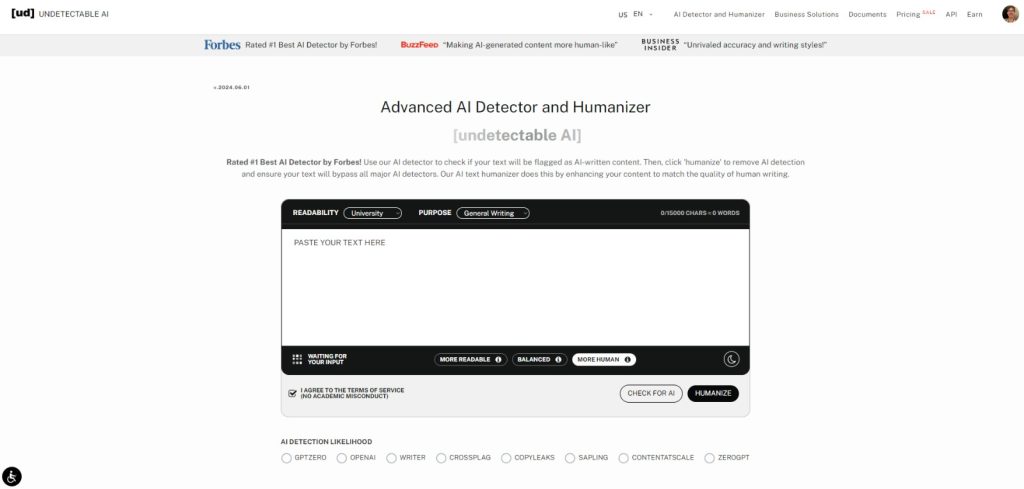
This way, you can maximize AI’s potential while still maintaining originality and integrity.
For Personal Assistance
Both Bard and ChatGPT can be powerful personal assistants.
Bard is already integrated into the Google Gemini app, so you can work on it right on your Android device.
It can also replace Google Assistant as the primary assistant.
On iPhones, you can chat with Bard in the Google app, still keeping all your interactions in one place.
ChatGPT is also accessible on both iPhones and Android devices.
You can switch between personal and workspaces within the app, making it versatile for different uses.
Both of these tools can essentially learn and maintain context from conversations.
They improve their responses over time, making them ideal for managing schedules, setting reminders, answering queries, and even holding interesting conversations.
Conclusion
To settle the ChatGPT vs. Bard debate, choosing between the two ultimately comes down to your specific needs and preferences.
Bard excels with its real-time updates and integration with Google’s extensive resources.
Meanwhile, you can rely on ChatGPT to generate detailed content and adapt it to various contexts.
Both tools have their strengths, so think about which features align with what you’re looking for.
No matter which AI tool you choose, remember that you still can’t completely rely on them.
To maintain the integrity of your content and avoid overdependence on AI, having a reliable tool like Undetectable AI is a must.
Undetectable not only detects AI-generated content but also humanizes it, keeping your work credible.
So go ahead and try out Google Bard and ChatGPT, and feel confident in whatever you use with Undetectable by your side.
